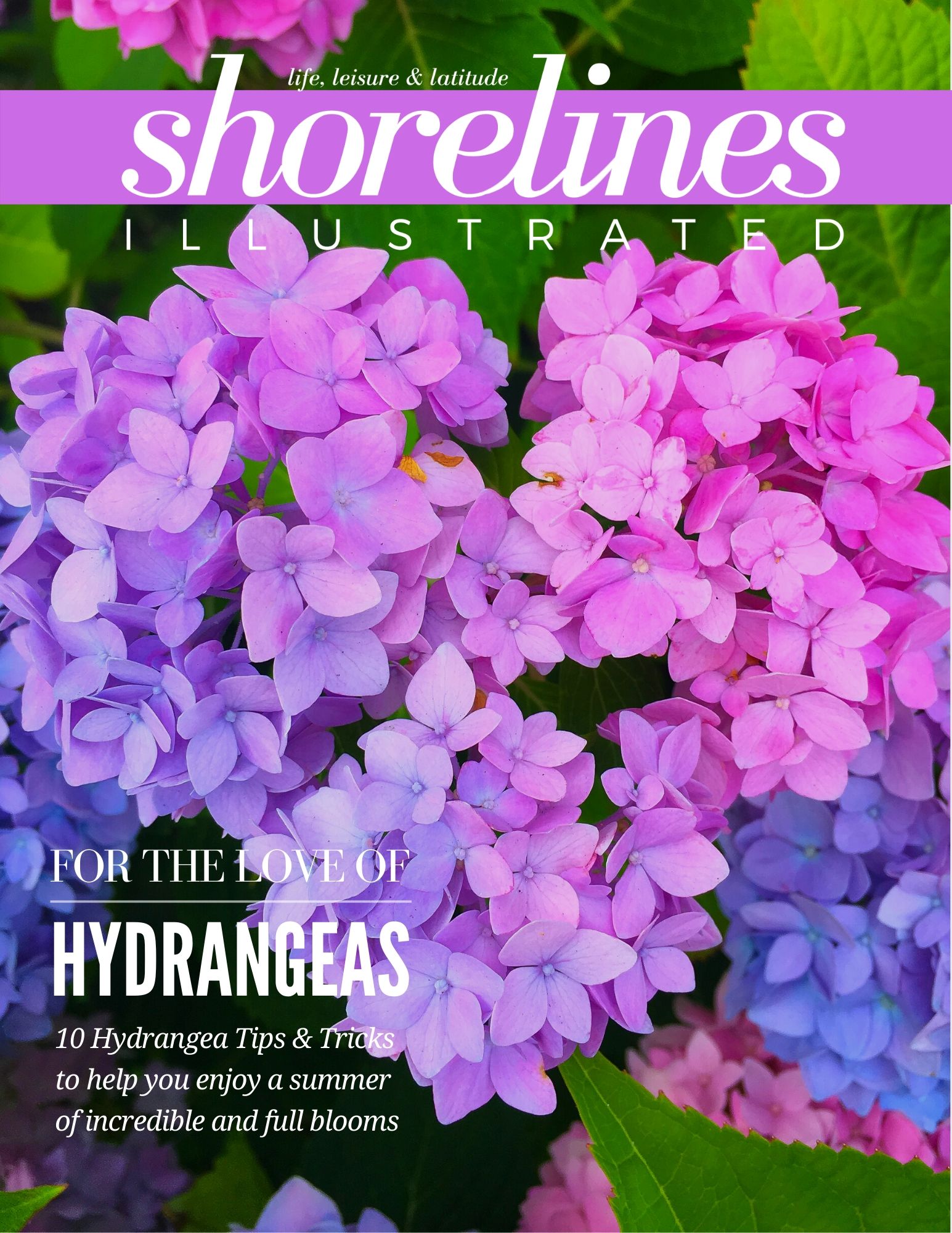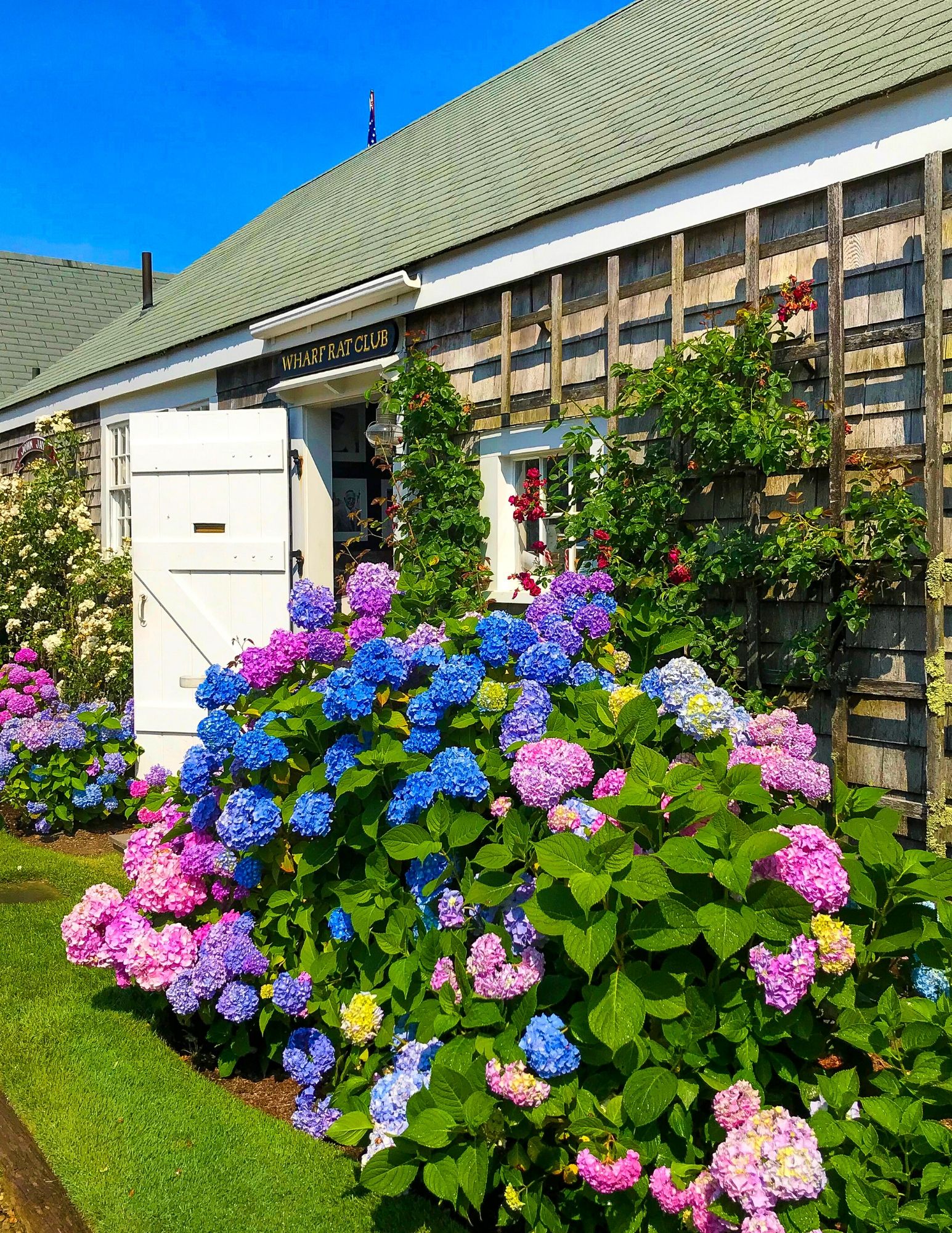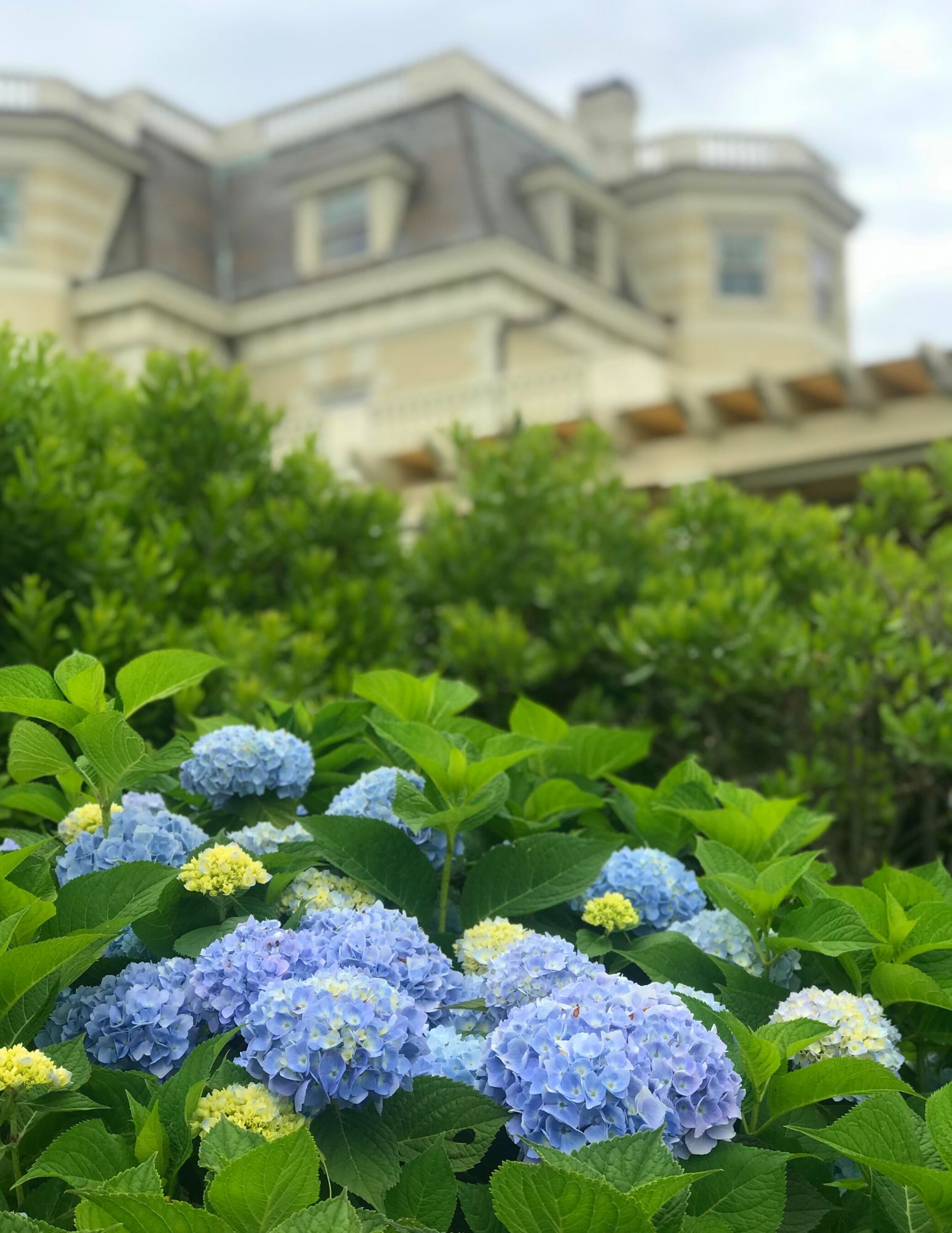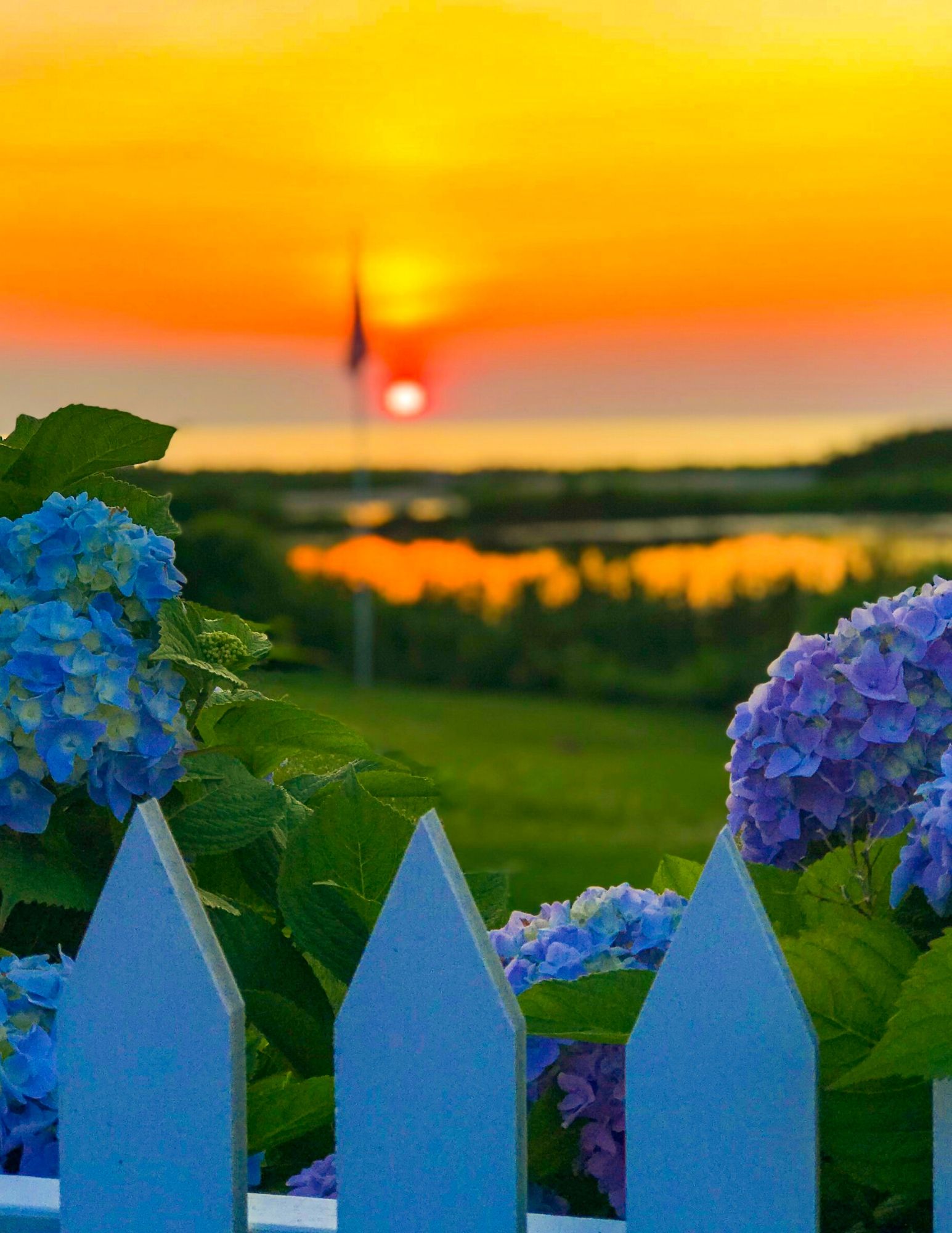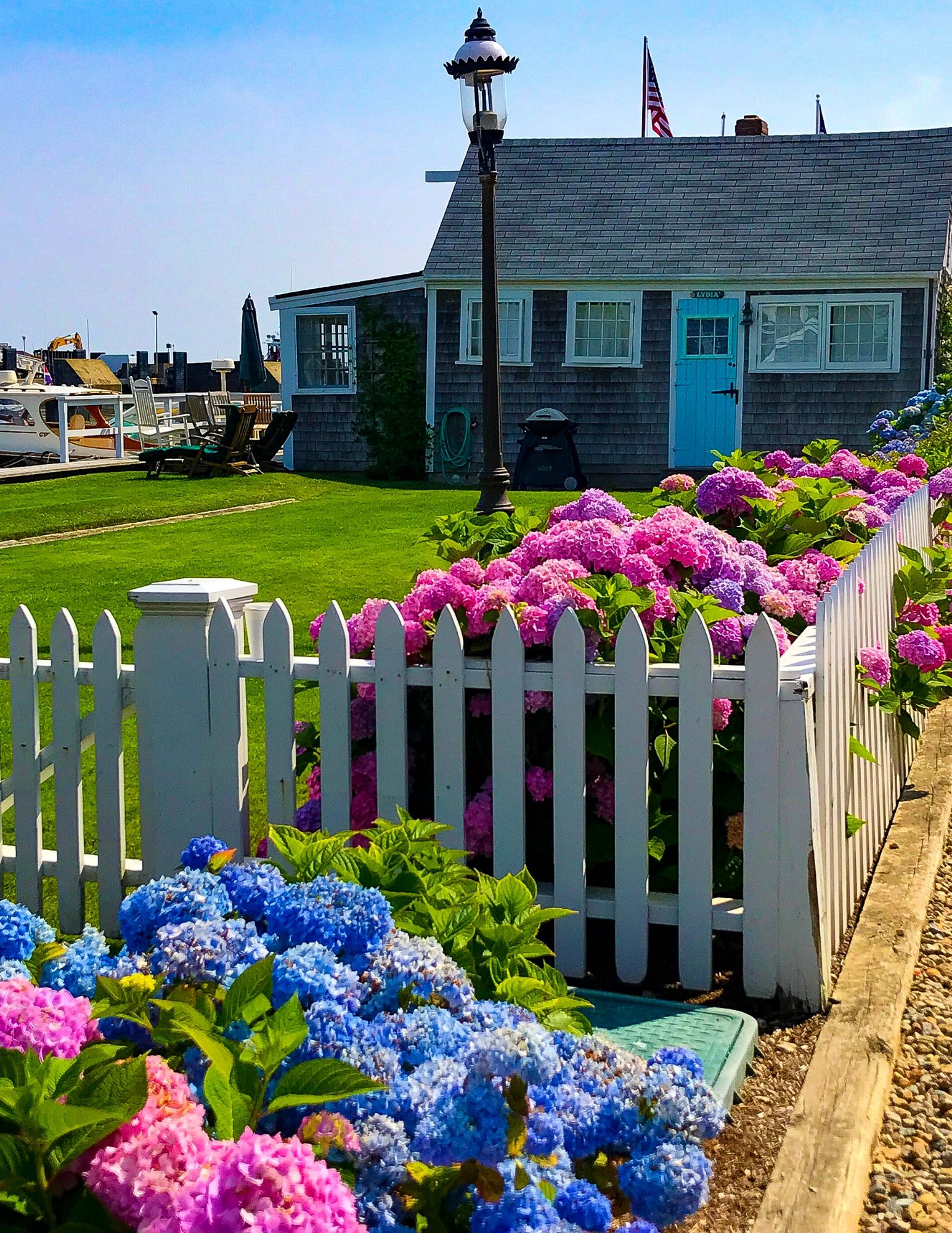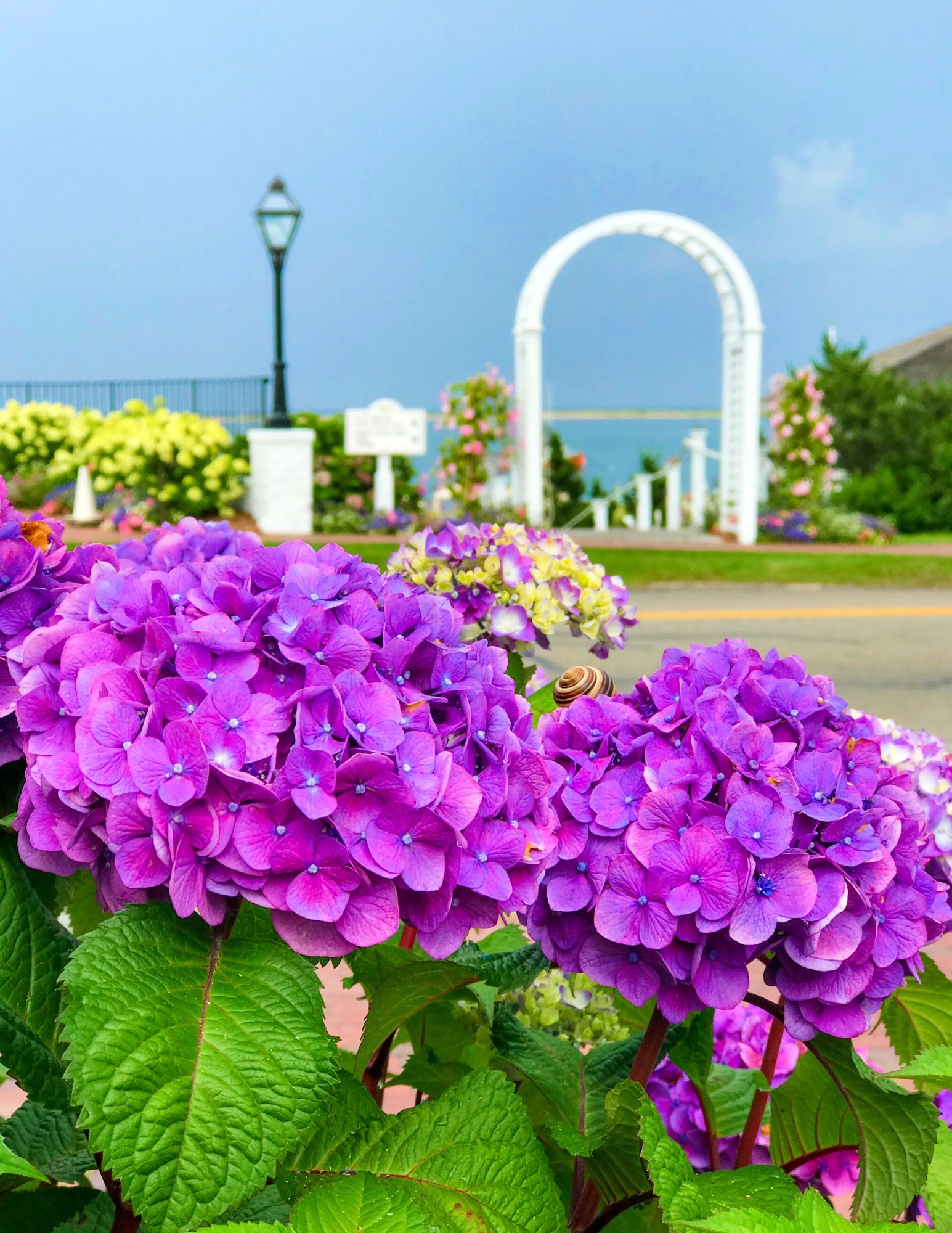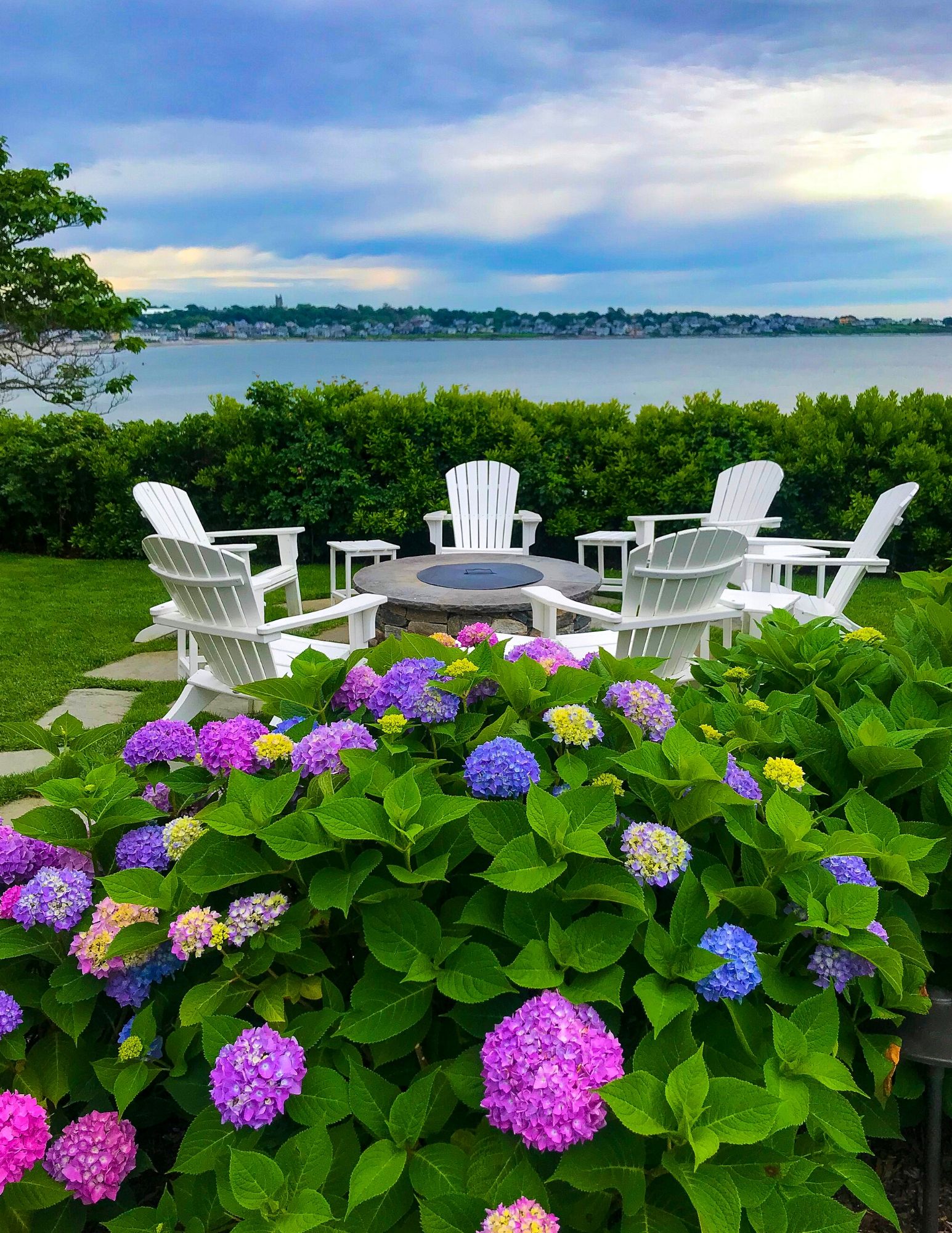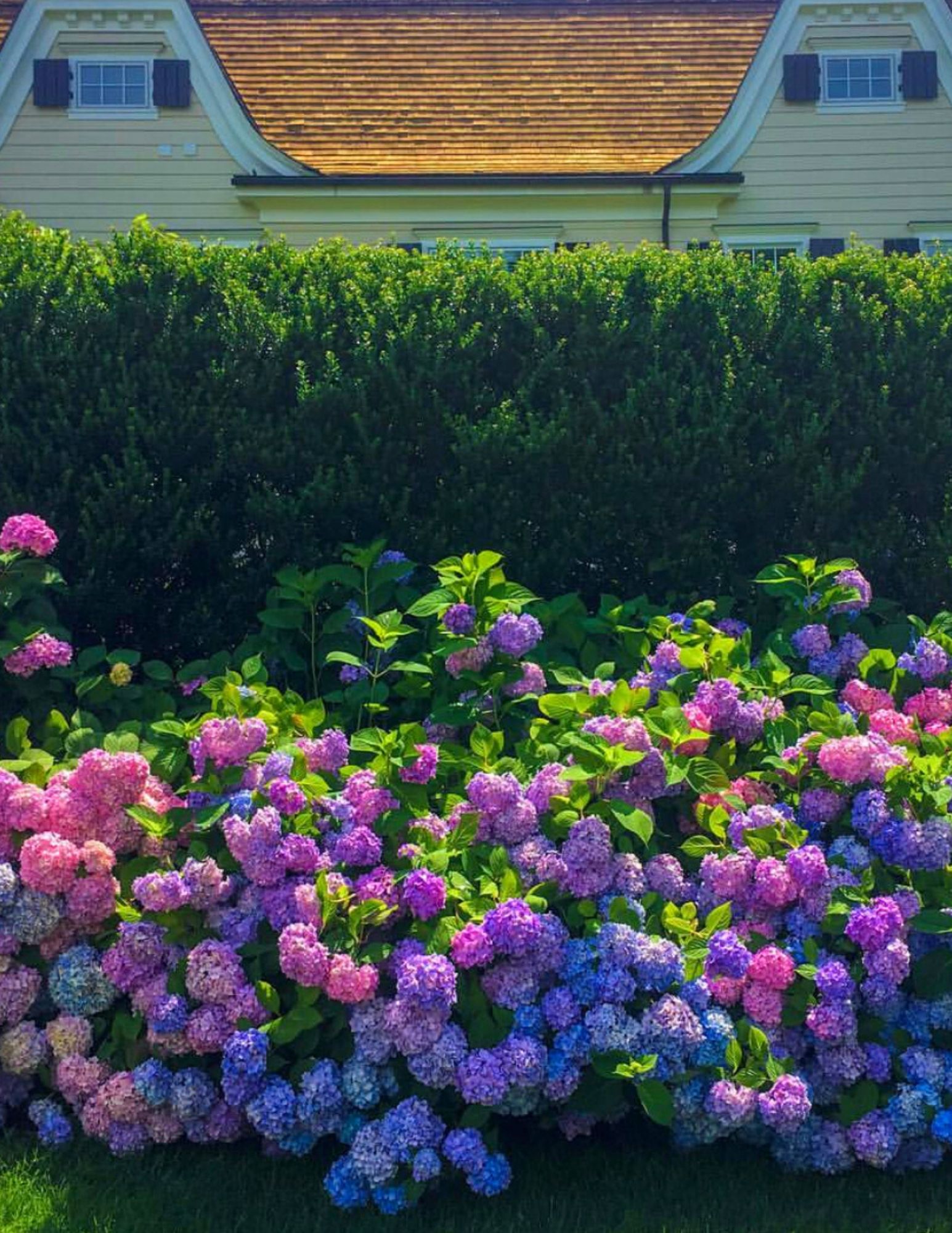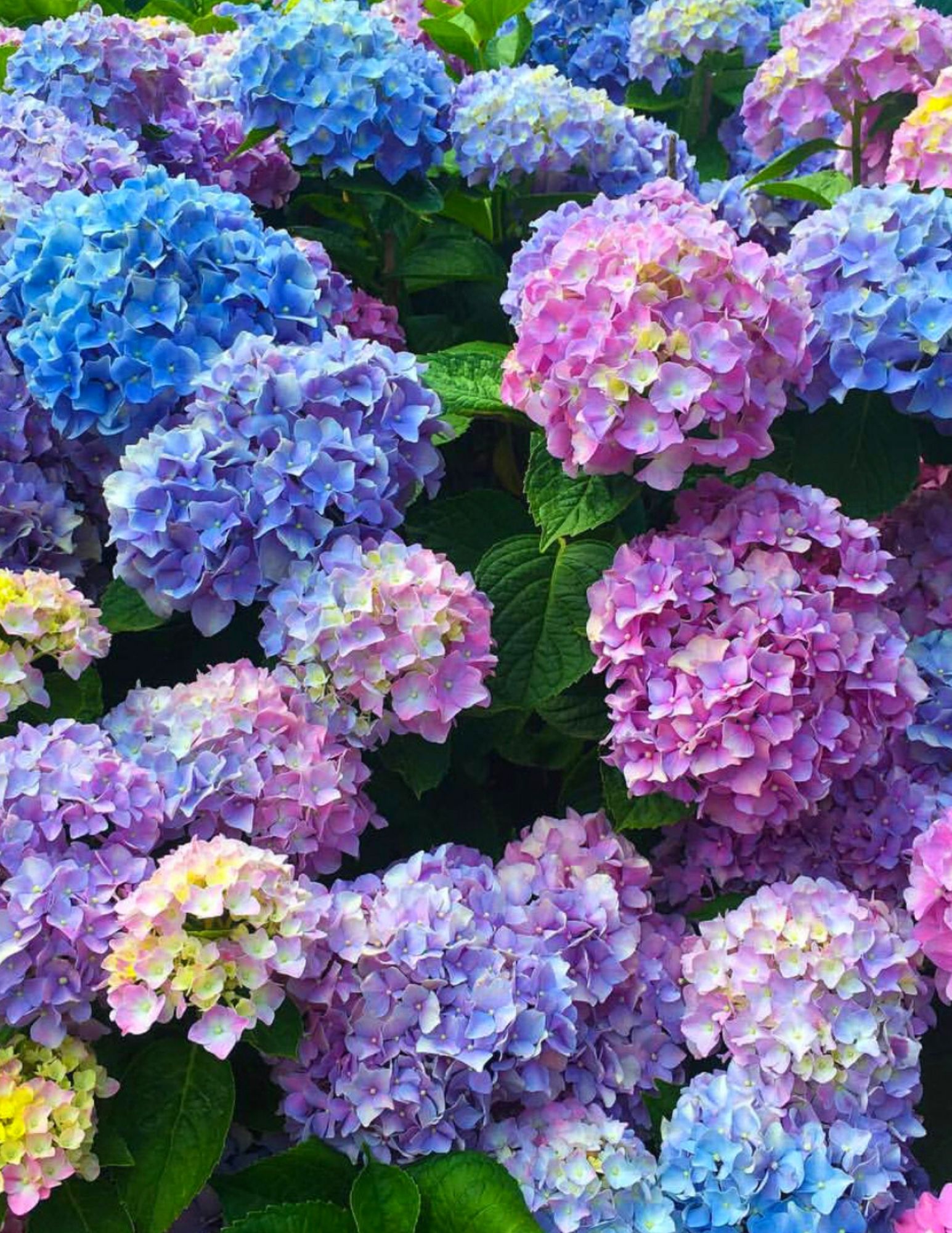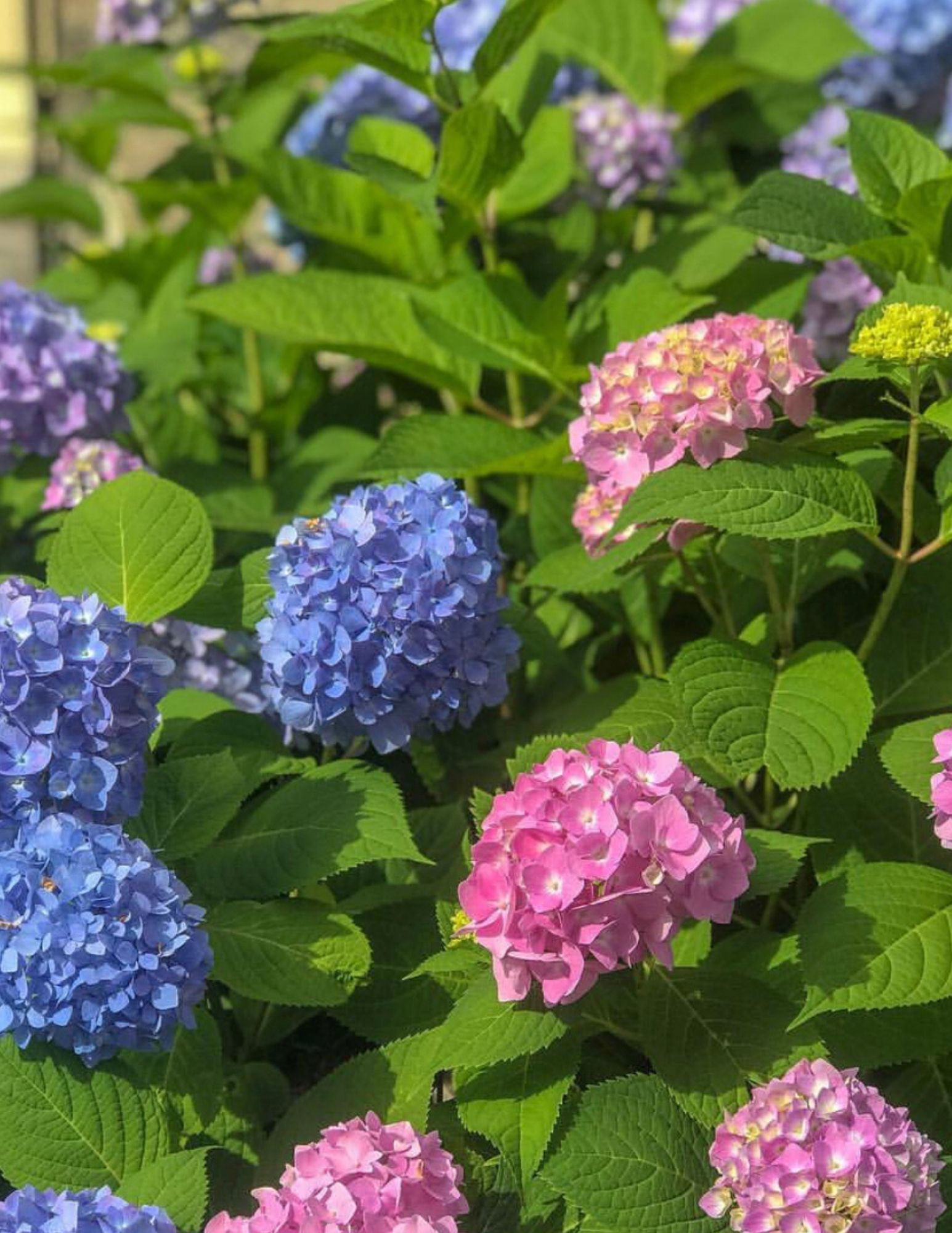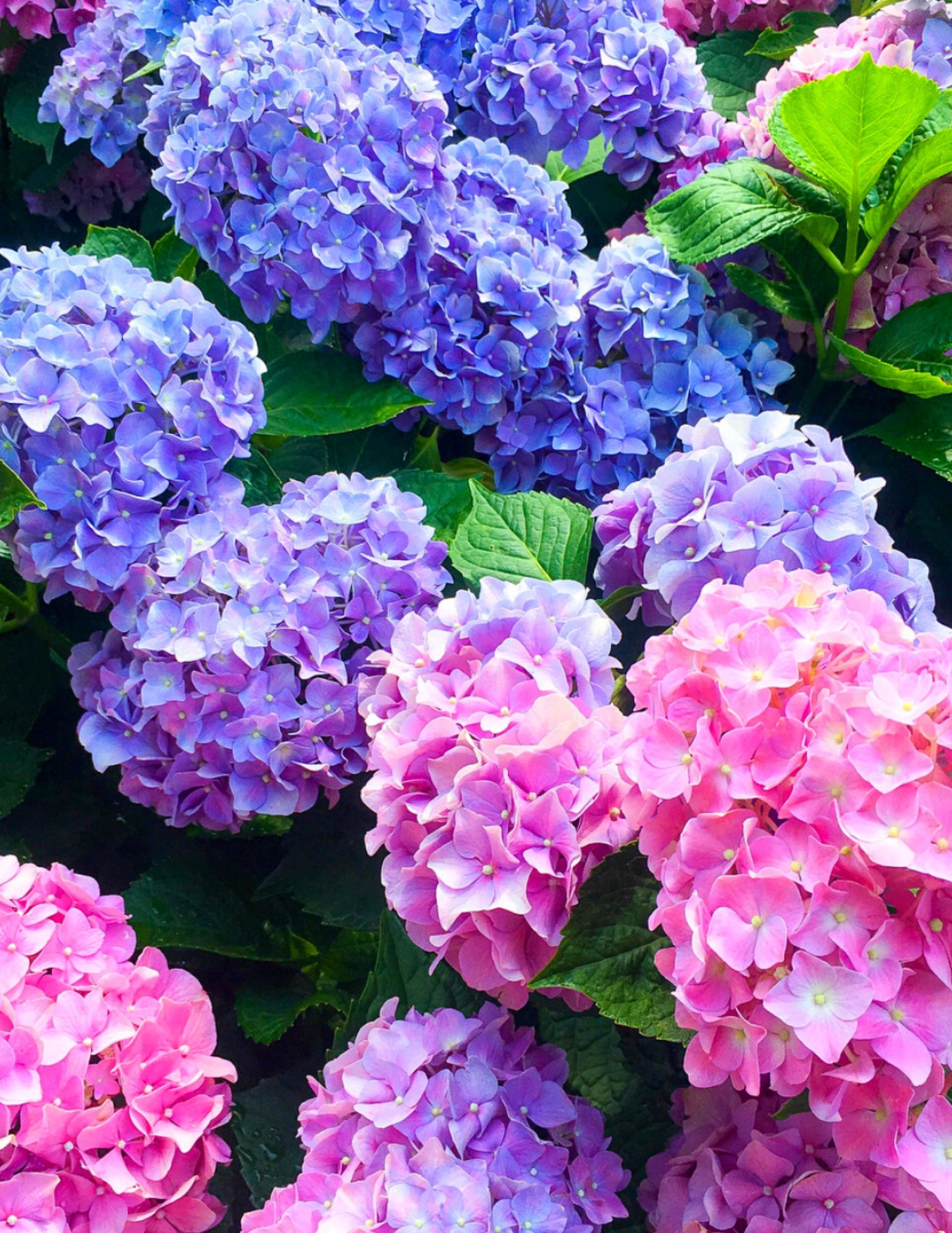I can’t remember a time when I wasn’t obsessed with Hydrangeas. From choosing them as the theme to my July wedding, to the countless times I’ve yelled to my husband to pull over so I can take a picture of what i always argue is “the most beautiful ones I’ve ever seen”. Hydrangeas have long played a part in the landscape of my life. With luscious blue, purple and pink flower heads, hydrangeas flaunt a shabby chic charm that is hard to resist.
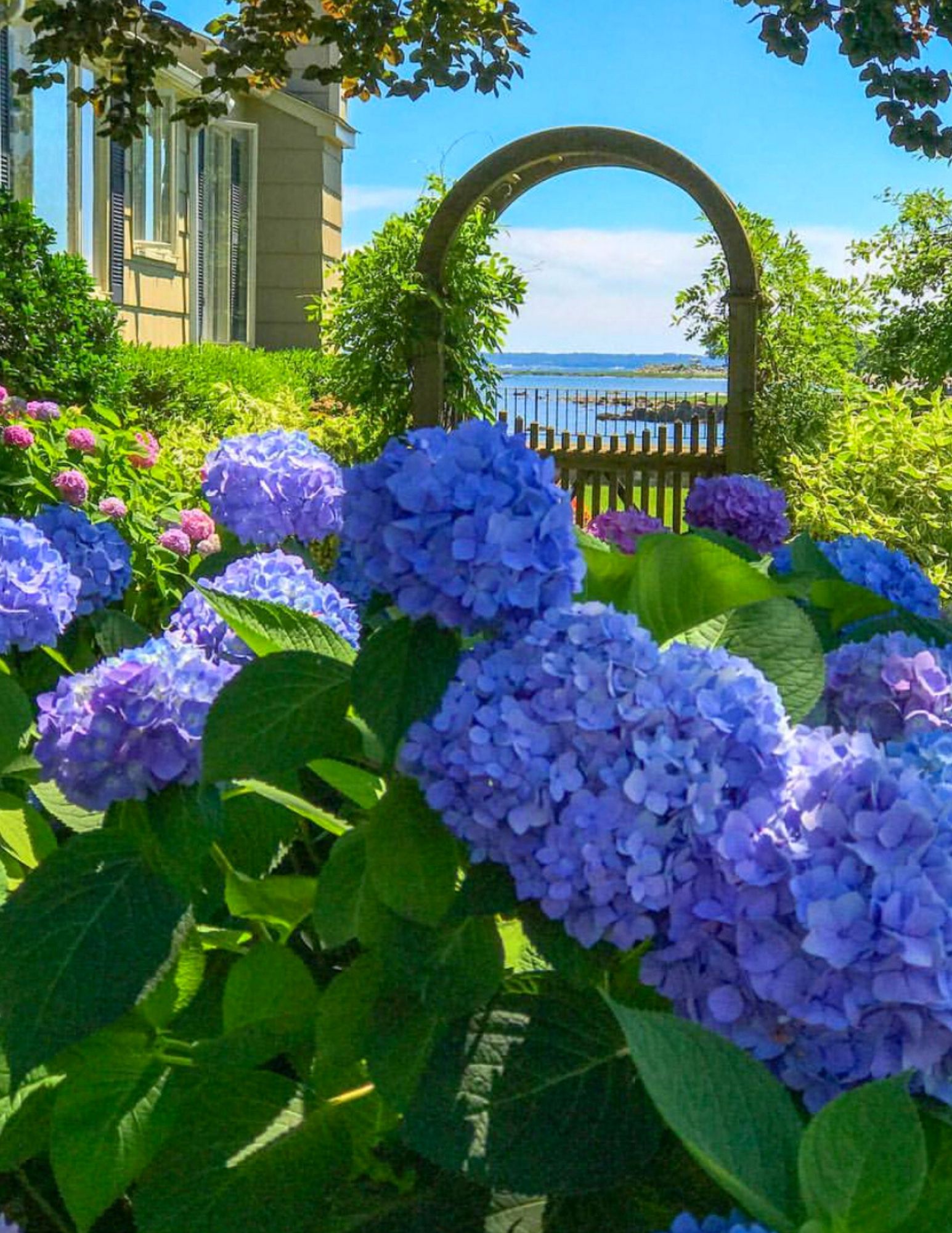
The misery of a cold and rainy spring is destined to produce a glorious crop of hydrangeas this summer. Think of it as nature’s way of making lemonade out of lemons. To celebrate our favorite season coming, we have some fun facts and tips to help you get the most out of your blooms this season.
1. There are over 75 different species of Hydrangea world wide
Don’t worry…we’re only going to talk about one of them! Hydrangea Macrophylla aka The French Hydrangea are the most popular species. These are the bright blue, purple and pink mopheads that adorn the moisture rich shorelines of the New England coast, aka the flowers that make me swoon and stop mid-traffic while driving around my favorite coastal towns. Here are some more fun facts & tips about our favorite blooms.
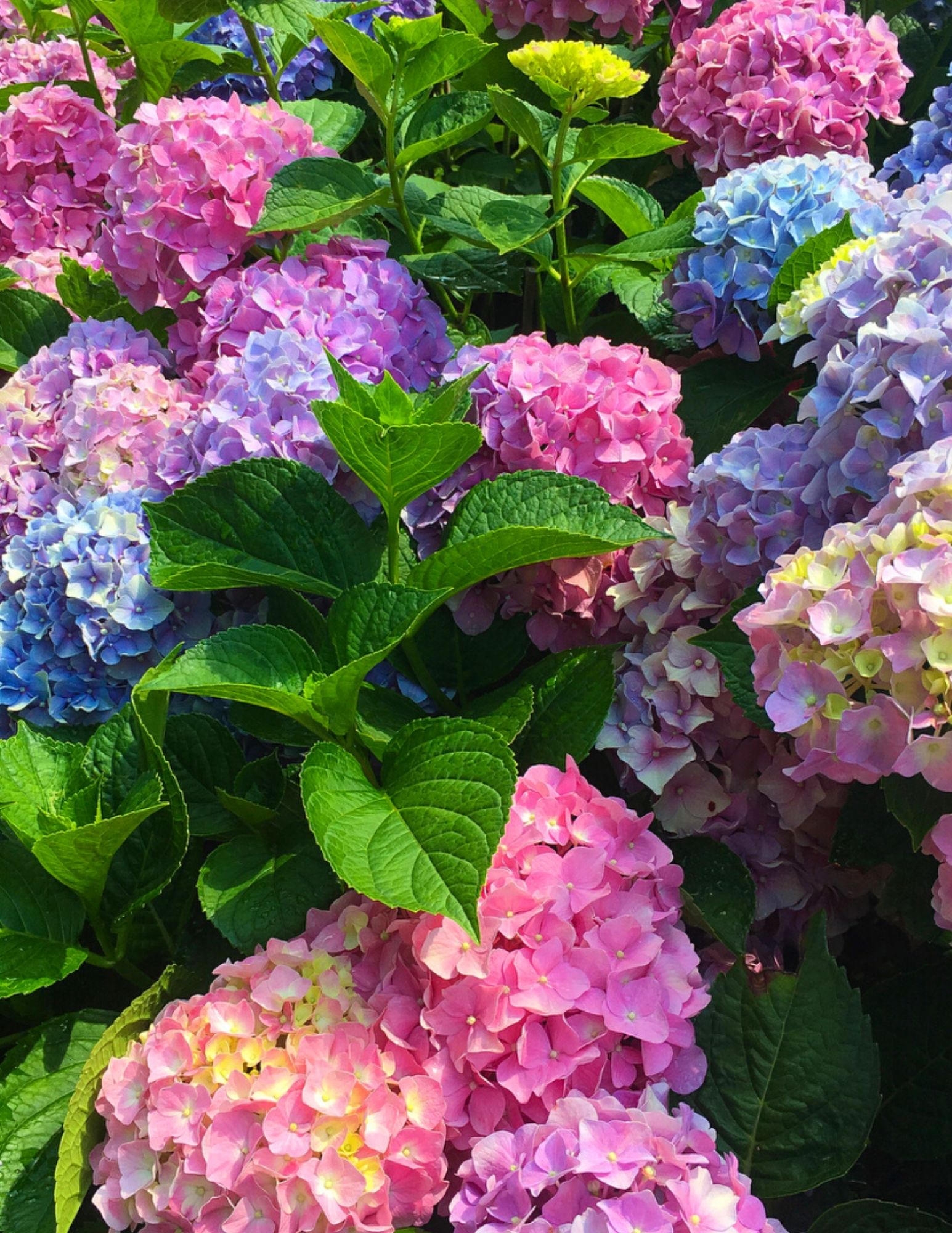
2. Domo Arigato
While Hydrangeas are considered the unofficial flower of coastal New England, they actually originated in the mountainous Japanese islands. They have their greatest species diversity in Japan, China, Korea, Indonesia, and the Himalayas. It is believed in some Asian circles, that giving the gift of a hydrangea is giving a piece of your heart to someone.
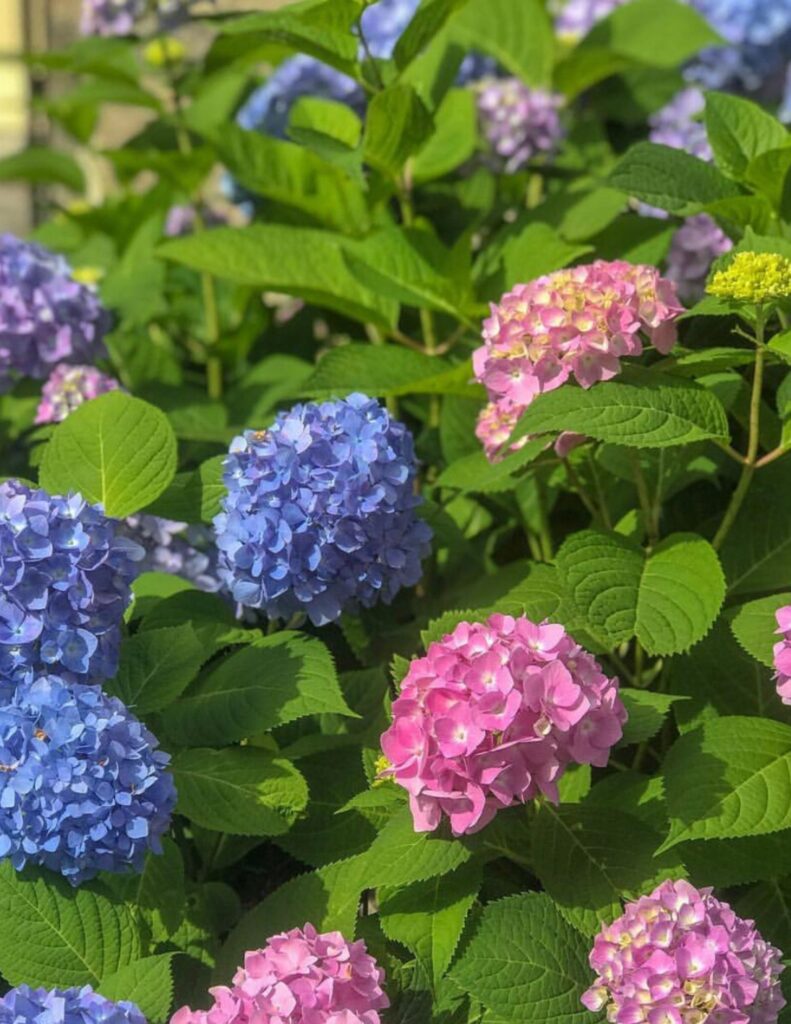
3. They Wear Two Hats
Lacecap or Mophead? I’ve been a Mophead purist for decades, but I’ve recently come around to the delicate and graceful lacecap bloom. Mopheads consist of the large rounded clusters of flowers, while lacecaps display seemingly un-bloomed seed clusters surrounded by flat petal flowers.

4. You don’t need to be a Green Thumb to have a Blue Ribbon
As for pruning, Hydrangeas need very light housekeeping just to remove dead wood or shortening and wayward branch. Too much or too soon can make these easy-going flowers turn on you and boycott the following summer. The rule of thumb is only prune once the flowers have made their debut (mid-summer) or when they have come back for a second bloom late summer.

5. Buy Them a Round or Two
Hydrangeas are very thirsty ladies and require lots of watering in the summer. When laying out your garden, make sure that your landscape allotted for your shrubs are easily accessible to your hose or sprinklers. The hot sun and dry summers can take their toll on your blooms within hours. Make sure to keep them moist and happy.

6. Weird Science
While you don’t have to be a scientist to understand what pH levels are or what they do (and I went to a prestigious Science High School and I still don’t), the presence and levels in your soil are THE leading indicator for the colors you can expect from your blooms. In very acid soil (pH below 6), flowers turn blue. Alkaline soil (pH above 7) makes flowers turn pink or in some cases even red. And neutral soil (ph 6 to 7), blooms are what I consider to be the perfect mix of blues, light purples and pinks. The good news is that most popular brand of Hydrangeas (I’m looking right at you Endless Summer) supply pellet packs to sprinkle in and around the roots to help equalize your soil to support the color you are planting.
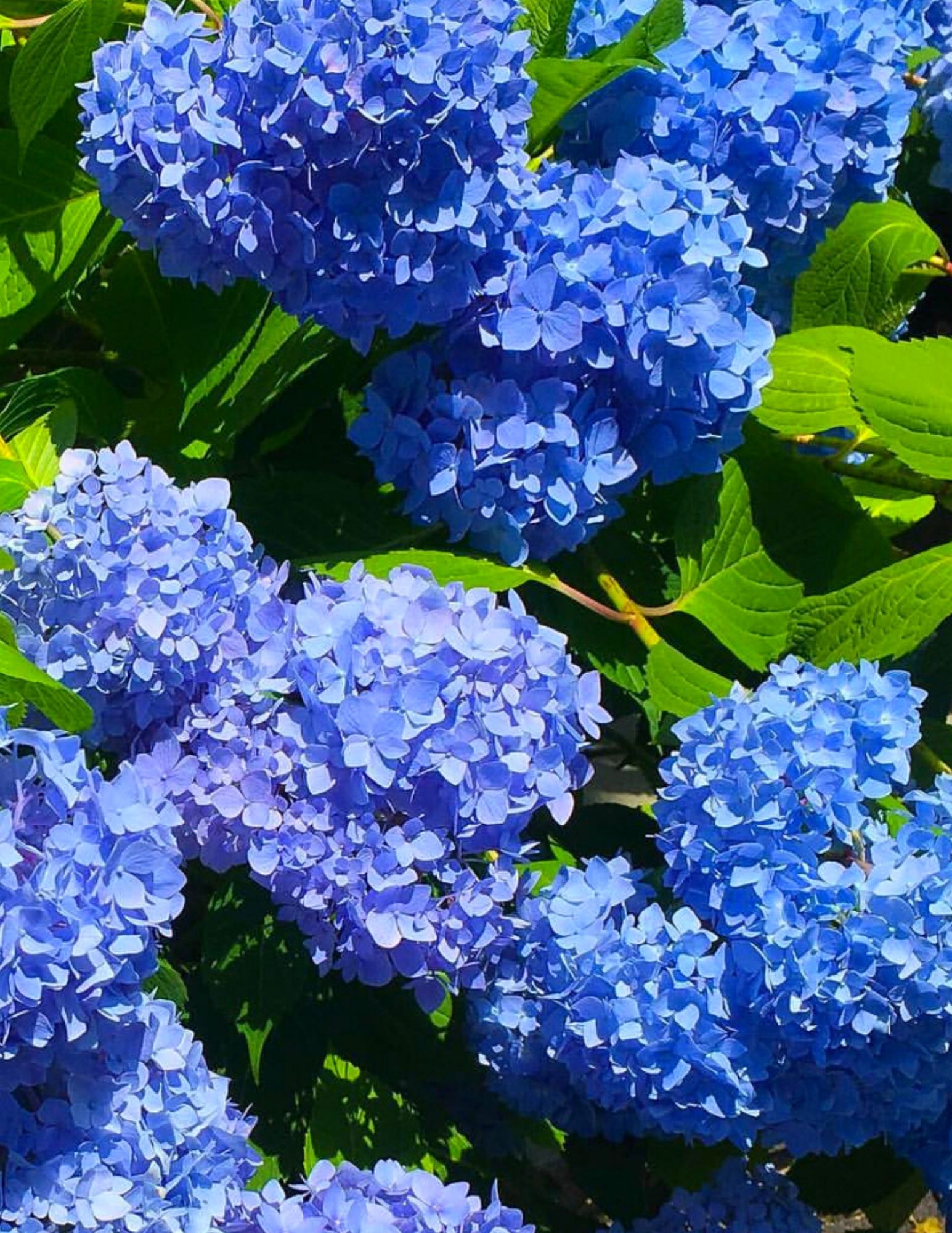
7. Last Bouquet Standing
If treated with some post op care, cut hydrangeas can keep their color for up to a week in water. Immediately plunge cut stems in cool water after trimming. In the meantime, take a cup of boiling hot water and let it cool for about 2 minutes. With the stems cut to your desired length, hold the bottom inch in the hot water for up to 30 seconds. Then place them in a cool water vase for arranging. I’ve managed to keep my bouquets bright and bold long after they have left their garden home.
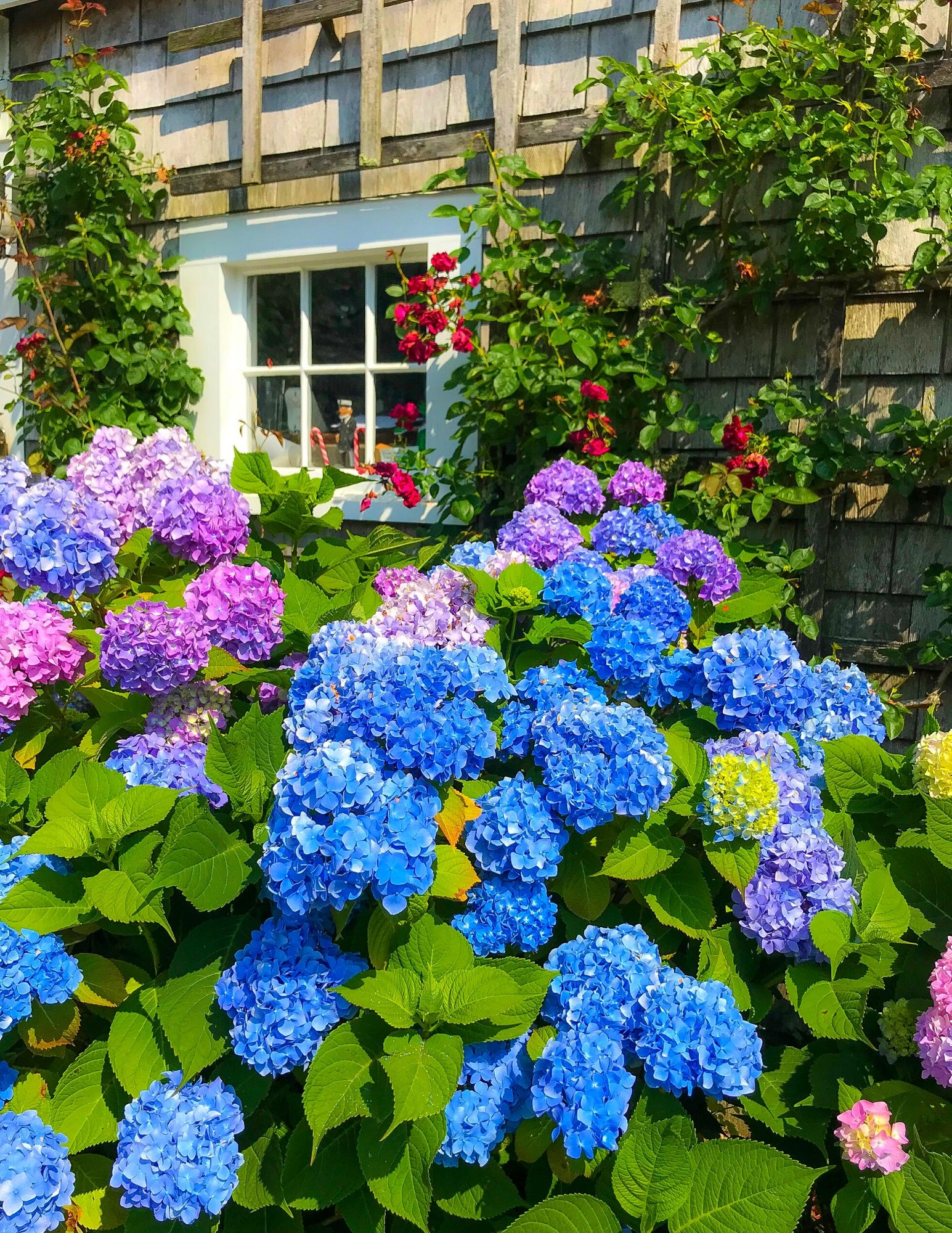
8. A Little Party Trick
At your next function, be sure to drop in these smarty pants facts. The scientific name for Hydrangeas comes from the Greek words “hydro” (water) and “aggos” (a jar) and refers to the fruits of the plant, which are cup-shaped. Throw in that the showy parts of the flowers are sepals, not petals, then walk away. You’ve dropped enough knowledge on them for the day.
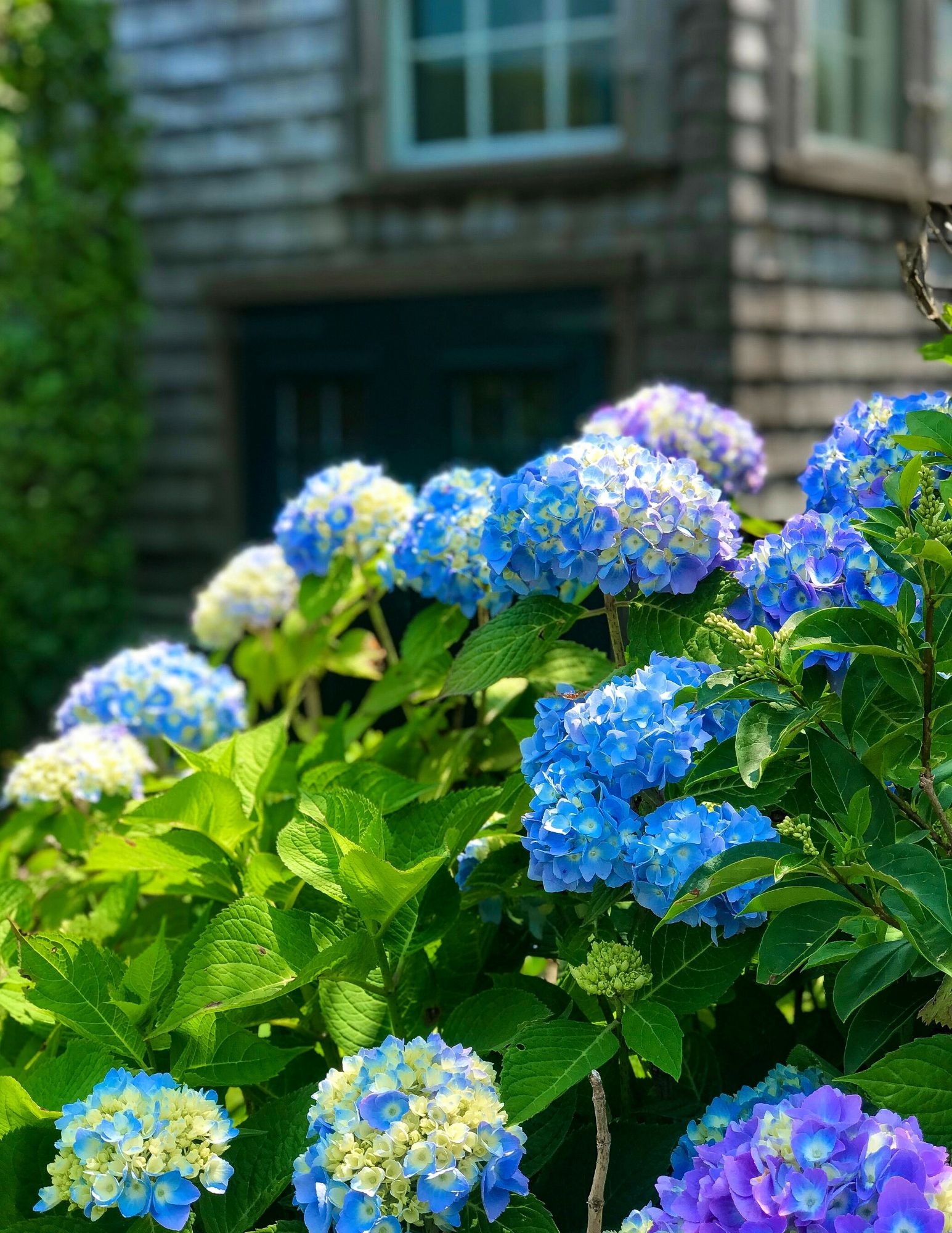
9. Give them a Spa Treatment
If your cut flowers look tired or wilted, immerse them in a sink or tub filled with cold water for a few minutes to rehydrate them. It will help put the spring back in their step. It helps to refresh your hydrangeas every one to two days to keep them fresher, longer. Recut the stems, change the water, and add nourishment. You know those little packets that always come with a bouquet but you never use them? This is the time! Use the extra pack of cut-flower food with your first change of water to give them a little TLC and nourishment.
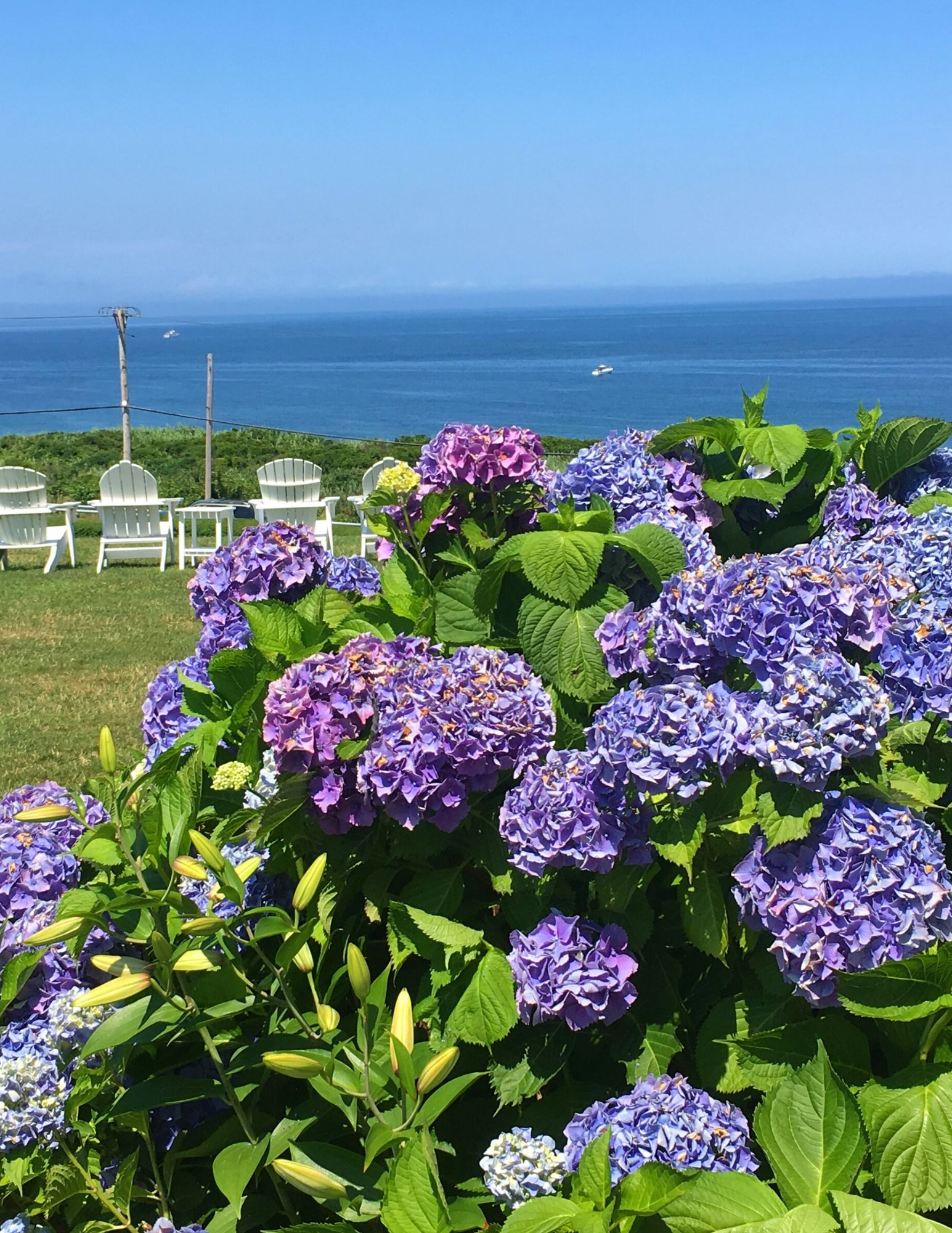
10. Sneeze Free Zone
Allergy Sufferers Rejoice! And now the real reason these Hydrangeas are the real summer VIP…. The American Academy of Allergy, Asthma and Immunology lists this species as an allergy-safe pollen producing plant. So, go outside and smell the flowers (wait, last fact, Hydrangeas produce no fragrance!).

